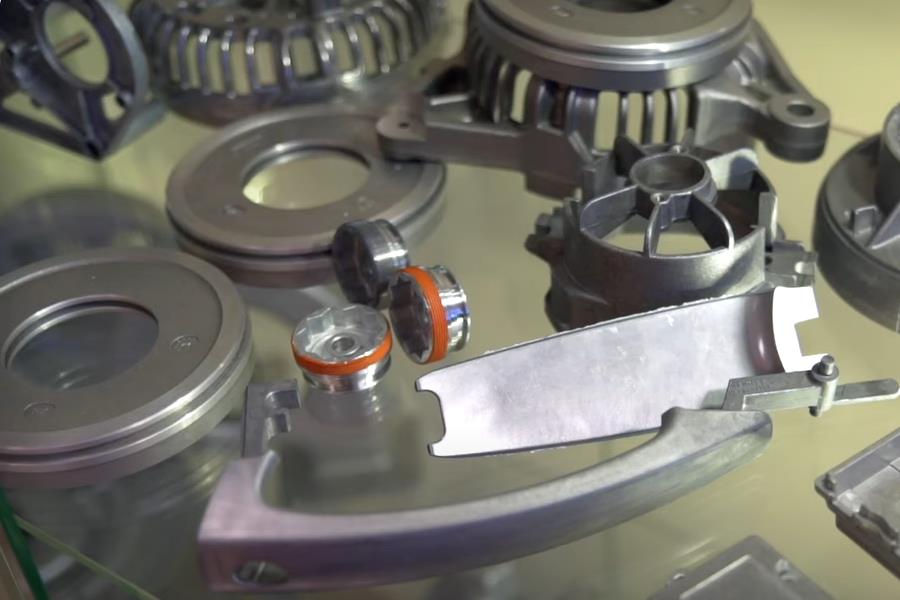
Detailed Process Flow of Electric Vehicle Control Housing
Explore the importance, design, testing, and production of electric vehicle control housings for optimal performance and safety.

Explore the importance, design, testing, and production of electric vehicle control housings for optimal performance and safety.
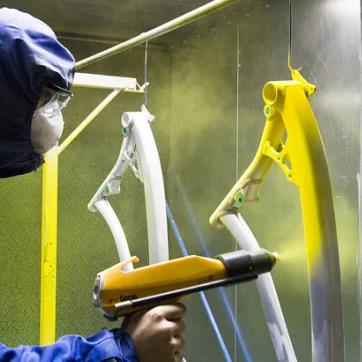
Learn how powder coating aluminum boosts durability, aesthetics, and environmental benefits across various industries.
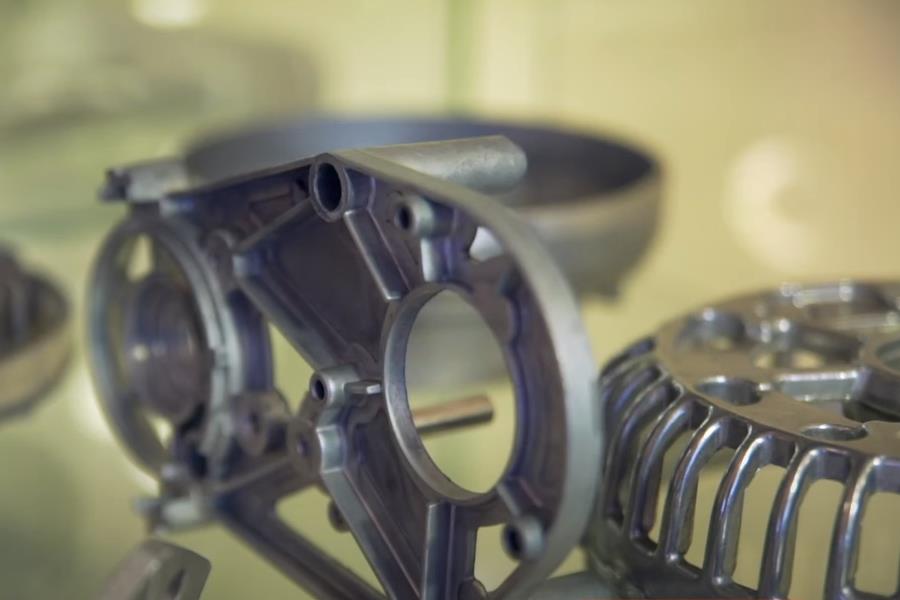
This article compares Alodine and anodizing, detailing their processes, benefits, and ideal applications for metal surface treatments.
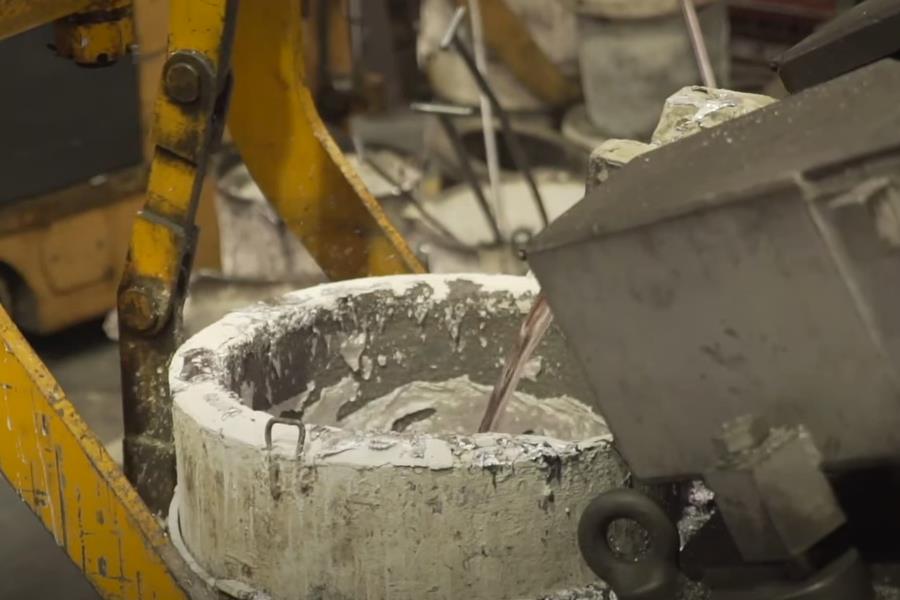
Selecting the right aluminum finishing method depends on factors such as available machinery, budget, environmental considerations, safety measures, and required skill levels.
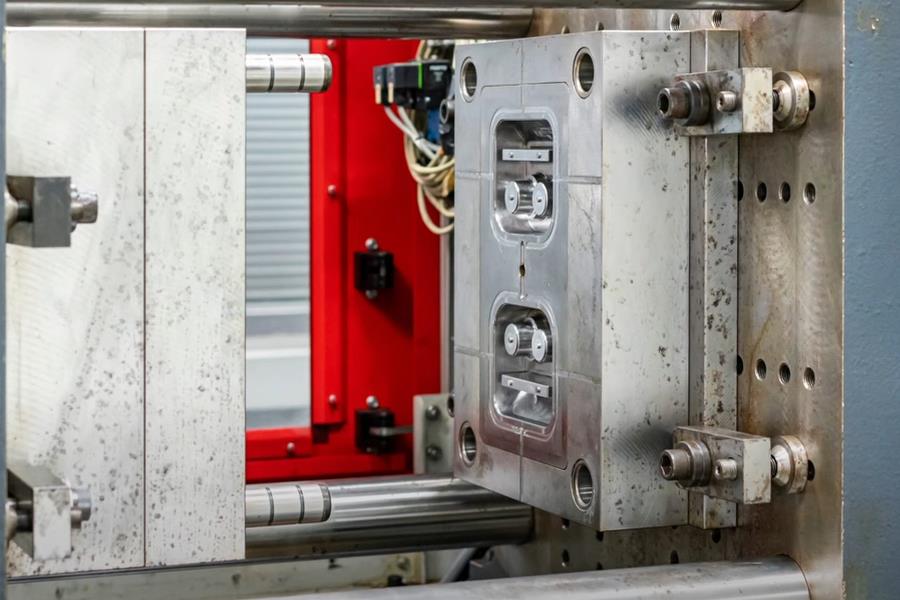
Compare Low, Medium, and High Pressure Die Casting methods. Understand their processes, benefits, and ideal applications for manufacturing.
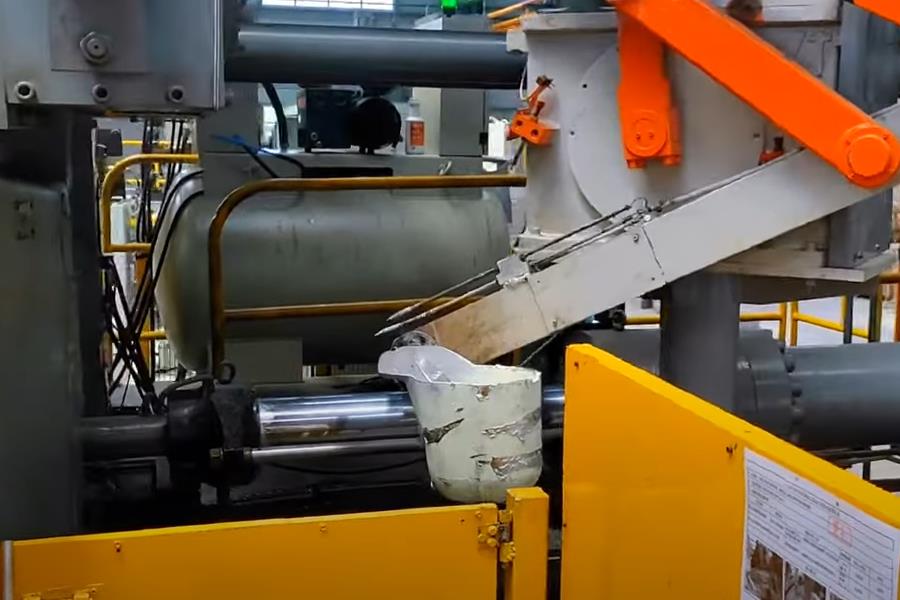
Illustration of the Low Pressure Die Casting process, highlighting the controlled low-pressure environment and precise mold filling.
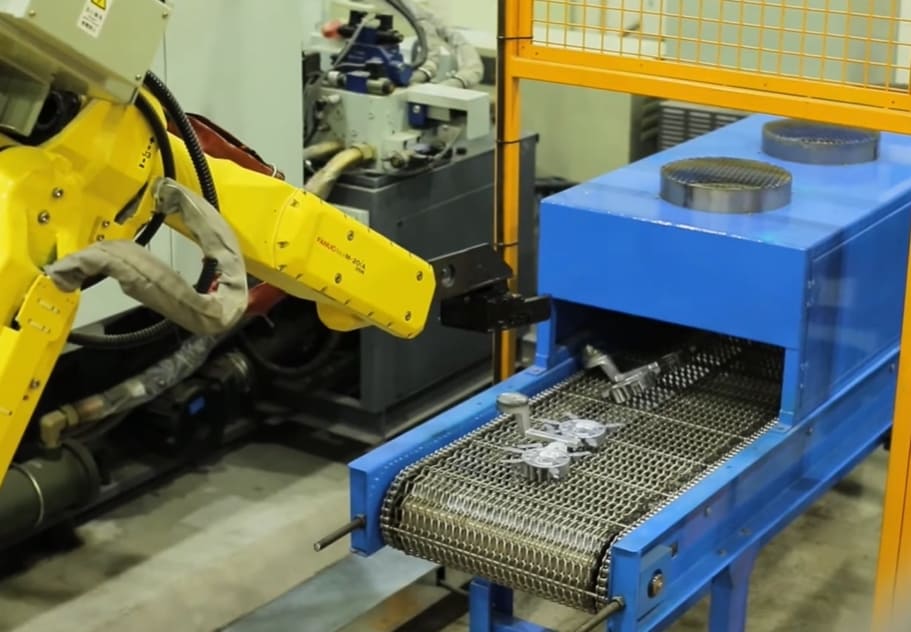
Explore medium pressure die casting and its advantages over sand casting, offering precision and efficiency in manufacturing.
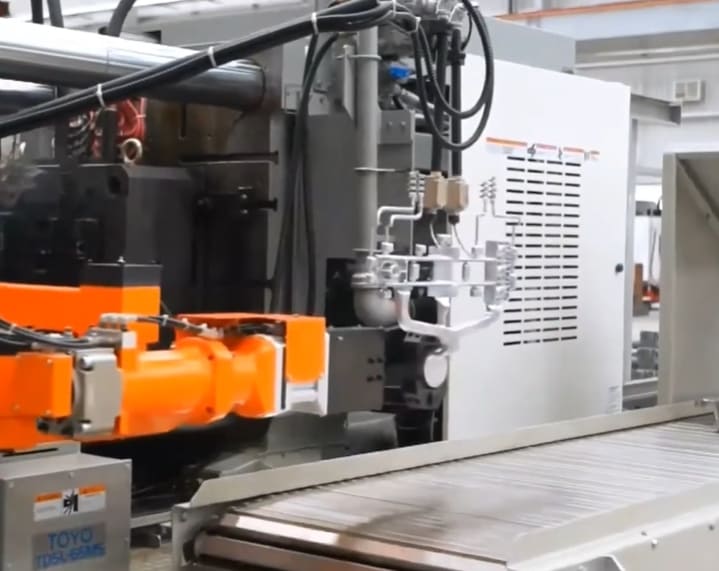
Explore the differences between Alodine and anodizing for aluminum finishing, covering costs, durability, and applications.
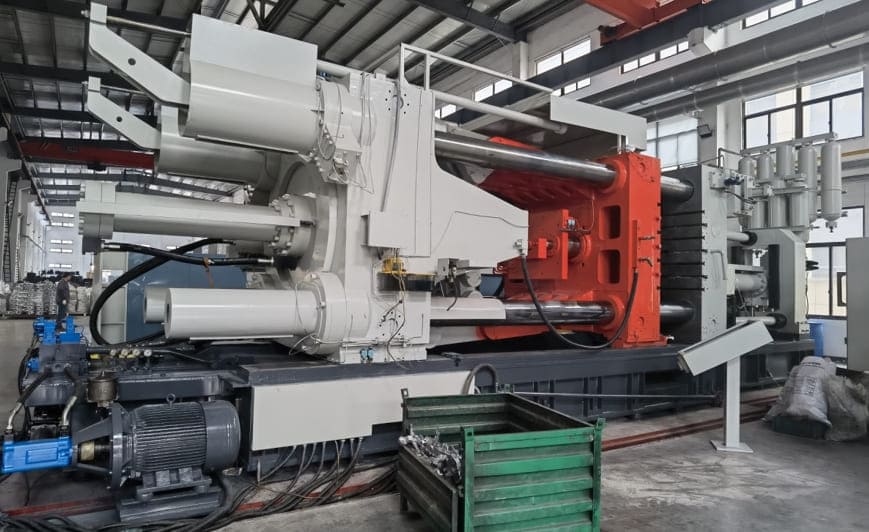
Discover the precision and efficiency of high pressure die casting for manufacturing metal parts.